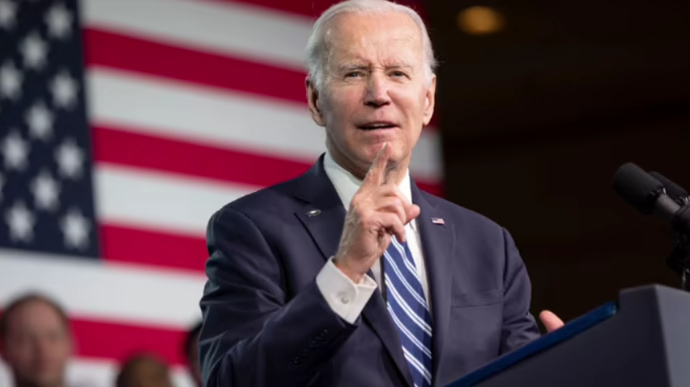Biden Administration’s Retirement Crackdown Raises the Bar, But at What Cost?
As the Biden administration’s latest efforts to eliminate “junk fees” in retirement investment advice gain momentum, the financial landscape for American retirees continues to shift, leaving many grappling with an increasingly daunting reality: the cost of retirement is on the rise.
According to the American Institute for Economic Research’s Paul Mueller, the current economic climate has necessitated a significant increase in retirement savings. Mueller emphasized to FOX Business’ Gerri Willis that “inflation has very much eaten away at people’s savings,” making it clear that what once seemed like a substantial nest egg now falls short of meeting the demands of a comfortable retirement. The stark reality is that, in today’s market, $500,000 is no longer sufficient; the new benchmark is a staggering $600,000, and climbing.
In response to these challenges, the Biden administration unveiled a comprehensive plan, part of the larger “Bidenomics” initiative, aiming to overhaul the retirement investment landscape. The plan includes a new rule enforced by the Department of Labor that mandates advisers to prioritize commodities or insurance products, such as fixed index annuities, in the best interest of the saver. This expanded rule is set to cover a range of crucial financial decisions, from managing employer-sponsored retirement plans to strategizing 401(k) investments.
However, amid the shifting regulatory landscape, concerns have emerged. Some argue that the increased intervention could potentially restrict investment freedom, as noted by Rosecliff founder and managing partner Mike Murphy on “Varney & Co.” Murphy boldly asserted, “The government should stay out of investments… And you should have the freedom to invest wherever you like, not where the government tells you to invest.”
The plight of American savers is further highlighted by statistics that underscore the widening gap between retirement savings and actual retirement needs. Fidelity’s data reveals that the average U.S. retiree falls a staggering $470,000 short of a comfortable retirement, painting a grim picture of the challenges faced by the aging population.
Moreover, Fidelity’s suggested savings milestones based on age serve as a stark reminder of the increasingly elusive goal of retirement security. While these milestones provide a yardstick for savings goals, Michael Shamrell, vice president of Fidelity’s workplace investing thought leadership, cautioned that such benchmarks should be viewed in context, emphasizing that they are based on multiples of one’s salary and not fixed dollar amounts. Shamrell highlighted the necessity of accounting for varying costs of living across different geographical regions, a critical factor often overlooked in conventional retirement planning advice.
As the White House’s latest move brings the spotlight to the issue of costly insurance product commissions, American families face the looming specter of potentially substantial annual losses, estimated to reach a staggering $5 billion per year. As the nation grapples with the complex dynamics of retirement investment, the long-term implications of the Biden administration’s reforms continue to unfold, leaving retirees and investors to navigate an increasingly challenging financial landscape.




